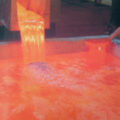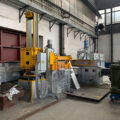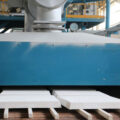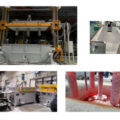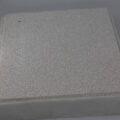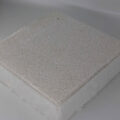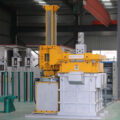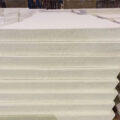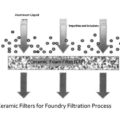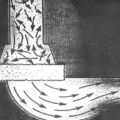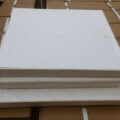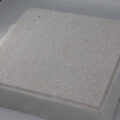There is a great need to improve the filtration and degassing of molten metal to remove or minimize impurities in the final cast product, especially for molten aluminum. In particular, when the resulting metal will be used in decorative products, such as decorative strips or products with key specifications, such as aircraft forgings and extrusions, and lightweight foils. Impurities can cause loss of properties of the final cast product, such as tensile strength and corrosion resistance.
In practice, molten metal, especially molten aluminum, usually contains gaseous and solid impurities that are harmful to the final cast product. After the molten metal has solidified, these impurities may affect the final cast product, which may hinder processing or the final product has poor ductility or poor finishing in terms of anodizing characteristics.
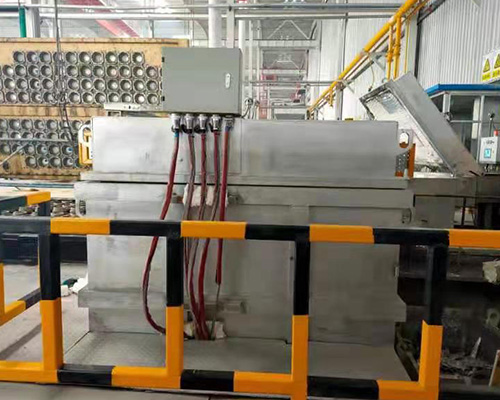
Filtration and Degassing of Molten Metal
Strict metal processing technology and solvent refining have minimized the occurrence of such defects. However, for critical applications, they have not succeeded in reducing the occurrence of such defects to a satisfactory level. The flux manager process introduces flux gas into a holding furnace containing a certain amount of molten metal. This procedure requires that the furnace be shut down while the flowing gas is circulating so that the metal being processed remains constant and can be processed. This procedure has many disadvantages. Among them, the efficiency is reduced because the furnace is idle for a long time during the fluxing process, and the efficiency is reduced due to the low surface area to volume ratio between the gas flow rate and the molten metal.
As an alternative to the flux operation used, the online degassing device is usually between the holding furnace and the casting station. This helps to alleviate the inefficiency caused by the shutdown, but it has not been so successful in improving the efficiency of the operation itself, because a large amount of flux gas is usually required per unit of molten metal.
Generally, melt filtration is used to reduce the degree of the above-mentioned defects. The most common form of melt filtration involves the use of an open glass cloth screen placed in a molten metal pool on top of the ingot. Such filters have been found to be only partially effective because they only remove larger inclusions. Another commonly used filter is a bed filter. This filter has many disadvantages, the most serious of which may be the huge difficulty in controlling and maintaining the pore size required for effective filtration.
For many reasons, porous ceramic foam materials are particularly suitable for filtering molten metals, including their excellent filterability, low cost, ease of use, and the ability to use the same materials on the basis of disposal and one-time use. These ceramic foam filters are convenient to prepare and low in cost, and can be used once.

